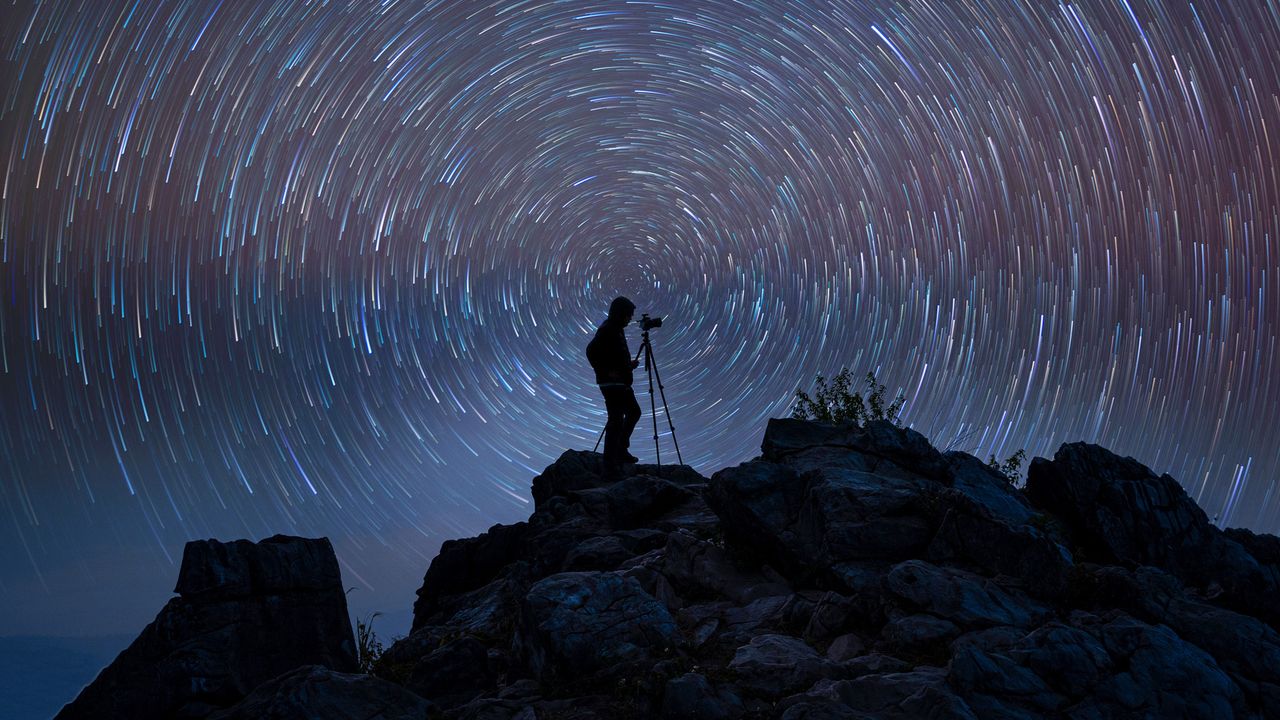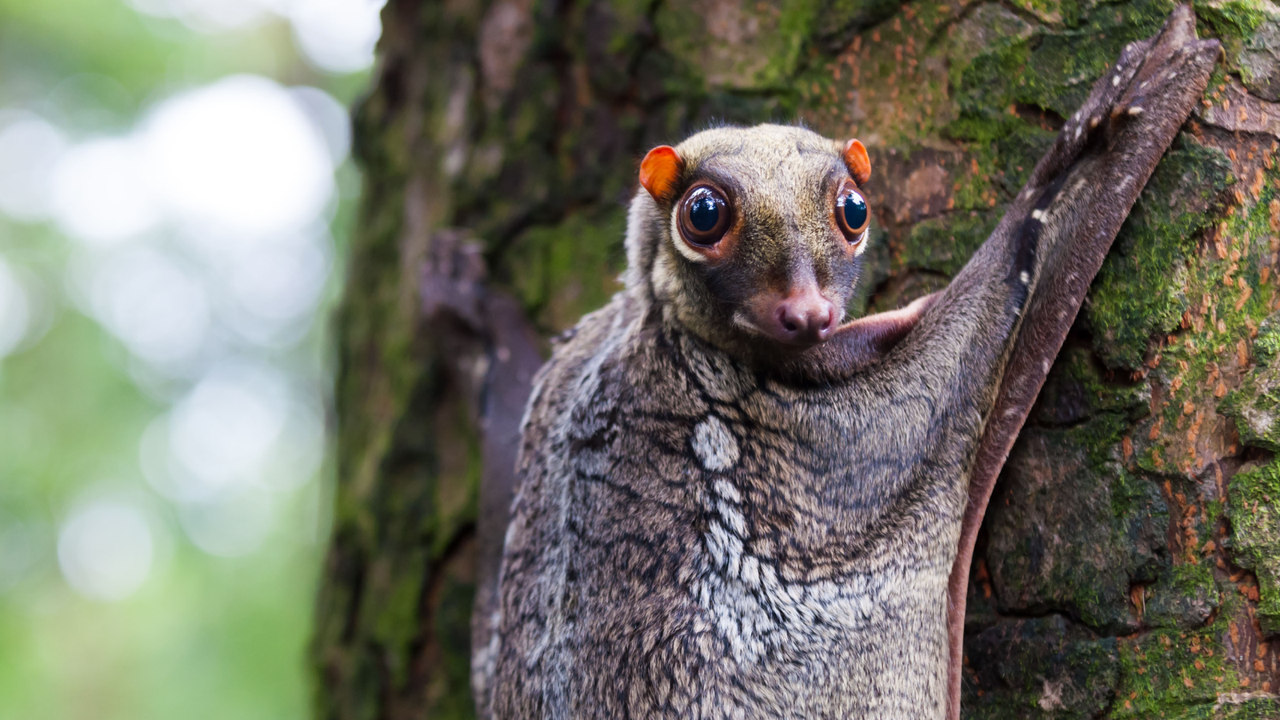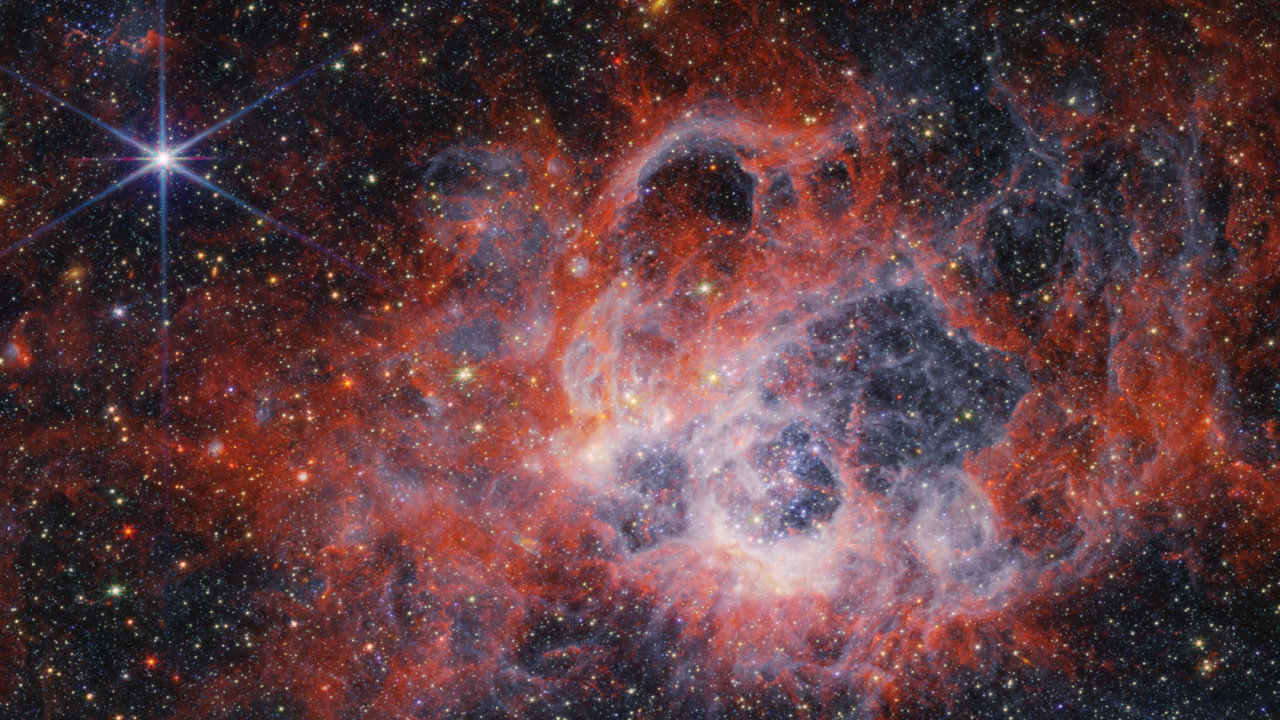Now Reading: Top Astrophotography Lenses of 2025: Capture the Cosmos with Precision
-
01
Top Astrophotography Lenses of 2025: Capture the Cosmos with Precision
Top Astrophotography Lenses of 2025: Capture the Cosmos with Precision

Fast Summary:
- Astrophotography lenses: Key tools for capturing high-quality images of stars and celestial phenomena. Wide-angle focal lengths and fast apertures are essential.
- Best options by brand:
– Sony FE 14mm f/1.8 G Master: Compact,lightweight,with excellent image quality and autofocus; drawbacks include slight vignetting and incompatibility with lens filters.
– Canon RF 20mm f/1.4L VCM: Versatile for multiple uses like astro, landscapes, weddings; features bright aperture but comes at a premium price.- Nikon Z 20mm f/1.8 S: Produces stunning images; currently Nikon’s widest prime lens available.
– Fujifilm XF16mm F1.4 R WR: best option in Fuji lineup despite certain compromises.- Olympus M.Zuiko Digital ED 17mm f/1.2 PRO (Micro Four-Thirds): Extremely bright aperture ideal for astrophotography on compatible OM Systems cameras.
– Sigma Art 14mm F1.4 DG DN Art Lens (Third-party): World’s first offering at this focal length/aperture combination; hailed as a defining astrophotography tool.Image credits sourced from Getty Images and others highlight examples of Milky Way photography achieved with featured lenses.
Indian Opinion Analysis:
Advancements in astrophotography tools emphasize the growing interest in astronomy-related pursuits among photography enthusiasts worldwide, including India-home to several amateur stargazing communities due to favorable viewing conditions in rural areas or regions like Ladakh. Indian photographers may find such equipment transformative for capturing local skies without professional observatories’ assistance while promoting interest in domestic astronomy.
From an accessibility standpoint, entry-level cameras paired with budget third-party lenses like Sigma’s offerings pave access across socio-economic groups where such hobbies have historically lurked under affordability constraints-a point significant to millions aiming modernization doubly!! ASP_AUTH=scalarsQuick Summary:
- Canon has introduced its first 20mm f/1.4 aperture lens, the Canon RF 20mm F1.4L VCM, ideal for astrophotography and versatile enough for weddings, videos, and interior photography.
- It excels in image sharpness at f/1.4 but may exhibit vignetting and distortion typical of this lens type. No image stabilization is available but has fast autofocus functionality.
- Nikon’s NIKKOR Z 20mm f/1.8 S lens is highlighted as an excellent option for astrophotography with sharp edge-to-edge quality and controlled light aberrations.
- Both lenses bring advanced features catering to professional photography needs like nightscapes with top optical performance.
Indian Opinion Analysis:
Advanced imaging technologies from major global giants like Canon and nikon continue pushing astrophotography options yet relevant artistic-level also broad adaptability both facilitating creative landscape experimentation like celestial meets backdrop weddings rapidly proliferating new opportunities plausibly align regional cinematographic cultural filmmaking use-direct if demand stimulantly wider lense stabilisation rivers-md mountains eco outlook context be explored adaptive awaits limits articulated neutral viewpoint technical scopes innovation transformational_secs broaderIt seems the raw text does not contain India-related content suitable for a news write-up. Please provide relevant material or clarify yoru request so I can assist you effectively.Quick Summary
- The M.Zuiko ED 17mm f/1.2 Pro lens is positioned as an excellent choice for astrophotography using the Micro Four-Thirds system.
- Key features include a wide aperture of f/1.2, sharp image quality, compact build and lightweight design (390g).
- Notable drawbacks are its high price, susceptibility to lens flare, and minor coma on brighter stars during night photography.
- Its performance is specially geared toward low-light shooting, with positive results noted in starry sky photography when paired with OM System cameras’ features like Starry Sky AF and Live Composite mode.
- Alternatives for broader use cases or moon photography in the M4/3 ecosystem include lenses like the M.Zuiko Digital ED 12-40mm F2.8 PRO II (zoom versatility) or ED 150-600mm F5.0-6.3 IS (long-range photo applications).
read more: [Link Unavailable]
Indian Opinion Analysis
the release of premium lenses such as the M.Zuiko ED 17mm f/1.2 Pro points toward advancements aimed at niche applications like astrophotography within a lightweight compact system-a key trend in modern mirrorless camera technology ecosystems such as Micro Four Thirds (M4/3). while exceptional optical quality offers value to specialized photographers, its steep pricing may limit accessibility for amateur users in India where cost-effective alternatives are often preferred due to budget considerations shaping consumer choices in optics equipment markets.
For Indian photographers looking at maximizing creative opportunities with tools catering specifically toward nighttime or star-focused imaging styles-this segment still warrants exploration but might benefit from local market awareness about secondary lens lines balancing optical gains w budget disciplineQuick summary
- Panasonic 15mm f/1.7 leica Summilux DG ASPH lens:
– Compact and lightweight; ideal for astrophotography.
– Features fast and silent autofocus, smooth manual control ring, but lacks image stabilization.
– Optimal performance at apertures f/2.8 to f/4; sharpness slightly reduced at edges when using f/1.7.
– Used successfully for astrophotography with remarkable center sharpness under low-light conditions.
– Some vignetting and distortion present but correctable via editing software.
- Sigma ART 14mm F1.4 DG DN lens:
– dubbed “ultimate astrophotography lens;” features the fastest aperture (f/1.4) in its focal length class.- Designed for Sony E mount and Leica L mount cameras; includes a tripod collar to support heavy weight (41.3oz).
– Outstanding optical performance with minimal aberrations or vignetting; stars appear as precise pinpoints.
– Drops in sharpness slightly towards edges of the frame, only visible upon zooming in.
Both lenses cater specifically to astrophotographers aiming for precision and high-quality images but vary significantly in pricing, portability, weight, and compatibility.
Indian Opinion Analysis
Astrophotography is gaining traction among Indian professional photographers and enthusiasts as technological advancements make high-performance equipment increasingly accessible. The Panasonic Leica Summilux stands out due to its affordability paired with exceptional central sharpness under low light-qualities appealing to beginner-level users exploring the craft without significant financial commitment.On the other hand, Sigma’s ART series addresses highly specialized needs by delivering near-perfect optics tailored for photographers who prioritize technical precision over mobility or cost-efficiency. While Sigma’s offerings cater more toward professionals leveraging premium gear, thier exclusivity due to limited camera compatibility adds challenges within India’s already fragmented photographic ecosystem where brands vary widely across user bases.
As India continues embracing space-related innovations on governmental levels (e.g., ISRO satellite missions), niche interests like astrophotography may align further culturally-even influencing markets offering robust tools suited locally around context strengths i.e hobbyist/pro-focus budget scales abroad .
Finally]*)Quick Summary:
- Astrophotography requires lenses with wide-angle focal lengths (20mm or lower) and wide maximum apertures (f/2.8 or larger) to capture dim starlight effectively.
- Prime lenses are preferred for astrophotography due to their light-gathering capabilities, but zoom lenses provide versatility for other photography styles.
- Telephoto lenses, typically used for lunar or deep-sky astrophotography, require longer focal lengths (500mm to 2,000mm) for detailed images.
- Image stabilization is needless in astrophotography as cameras rely on tripods; though, handheld moon photography might benefit from it.
- ISO settings depend on the camera’s low-light performance; ISO 2,000 is a standard starting point but can be adjusted based on image quality.
indian Opinion Analysis:
Astrophotography has gained traction among enthusiasts and professionals in India due to growing interest in celestial phenomena and advancements in optical technology. With India’s active role in space exploration through ISRO initiatives like Chandrayaan and Gaganyaan missions inspiring even greater interest in astronomy among citizens, accessible equipment like wide-angle prime lenses may enable more widespread participation in astrophotographic pursuits across urban and rural settings alike.
This trend could further enhance public engagement with science by fostering curiosity about the cosmos-a valuable step toward broader scientific literacy nationwide-as easily adaptable techniques such as the “500 rule” simplify complex imaging tasks even for beginners without expensive setups.
india’s unique geographical advantage of relatively dark skies near remote areas offers potential opportunities not just recreationally environmentallyeconomky_ecserattrte/mastnteusiness/envitauto Read More https://www.livescience.com/technology/best-lenses-for-astrophotography























